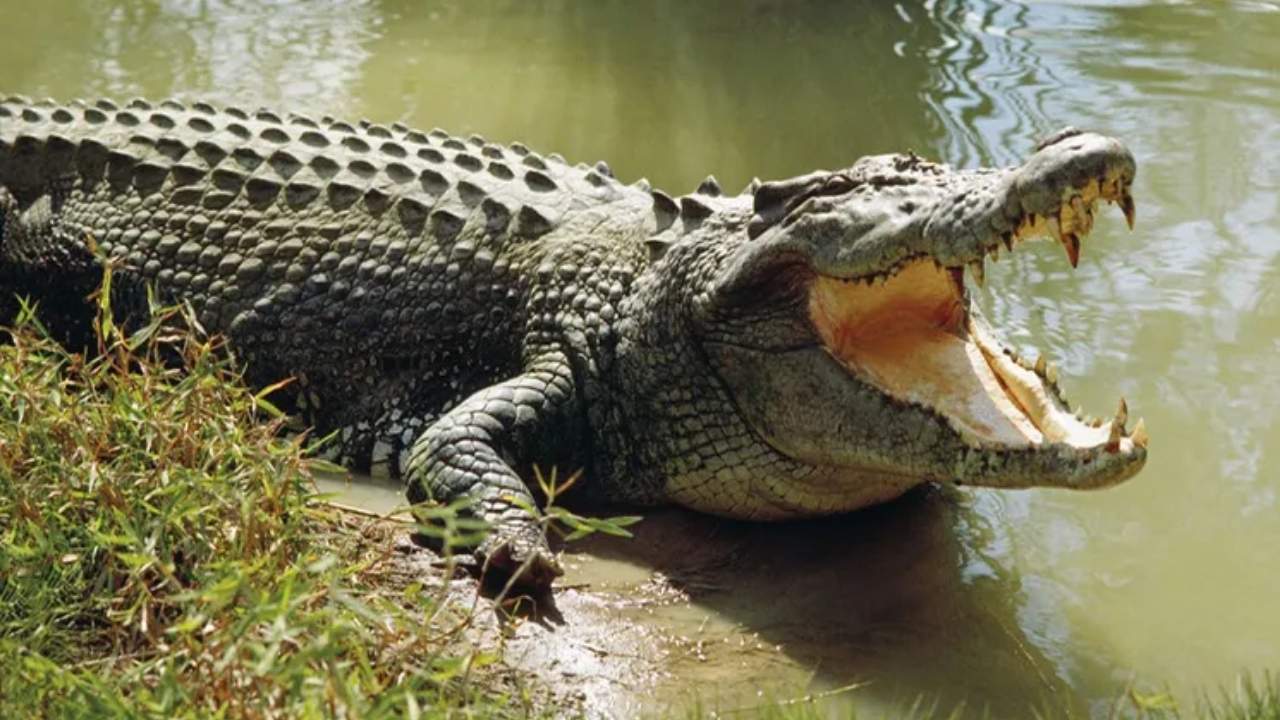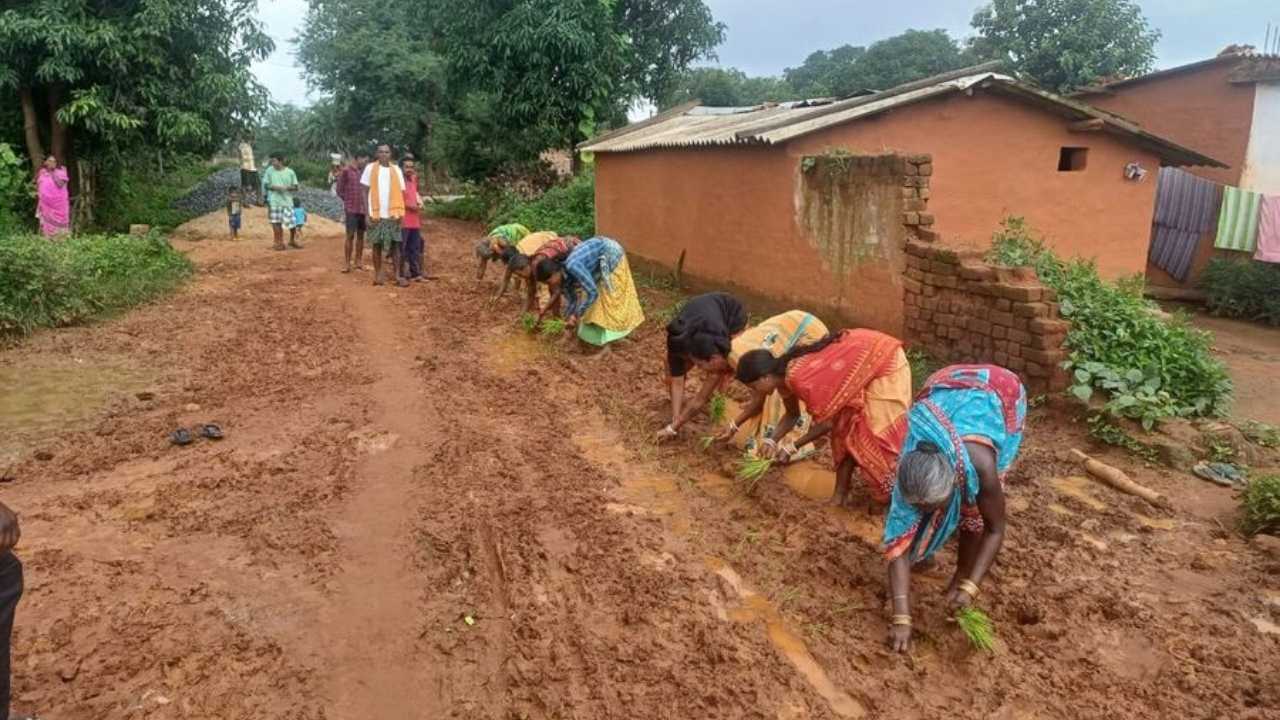If you’ve ever been stuck in traffic on a rainy day in the U.S., maybe in the Rockies or Appalachians, you know how frustrating and dangerous it can be when Mother Nature decides to shake things up. Well, that’s exactly what’s going down right now in Koraput, Odisha, India, where a landslide has blocked the Damanjodi–Narayanpatna route after days of torrential rain.

This might feel like “just another story overseas,” but landslides aren’t some far-away problem. They’re a global challenge. In fact, according to the United States Geological Survey (USGS), landslides cause an estimated $3.5 billion in damages and about 25 to 50 deaths each year in the United States alone. So yeah, what’s happening in Odisha is not only real for the locals—it’s a reminder for the rest of us to stay sharp when it comes to weather safety.
Landslide Blocks Damanjodi–Narayanpatna Route
| Point | Details |
|---|---|
| Incident | Landslide blocks Damanjodi–Narayanpatna road in Koraput, Odisha after heavy rainfall |
| Cause | Torrential rain from a low-pressure system over the Bay of Bengal |
| Impact | Vehicular traffic halted, commuters stranded, trade disrupted |
| Authorities’ Action | Excavators deployed, Fire Services mobilized, debris clearance ongoing |
| Weather Alert | Orange Alert issued – heavy to very heavy rainfall (7–20 cm) expected |
| Global Relevance | US sees $3.5 billion in annual landslide damages (USGS) |
| Official Reference | India Meteorological Department (IMD) |
The landslide blocking the Damanjodi–Narayanpatna route in Koraput is more than a local roadblock—it’s a wake-up call about the risks of extreme weather, especially in landslide-prone regions. With climate change intensifying rainfall worldwide, both India and the U.S. must invest in smarter infrastructure, early warnings, and community preparedness.
Stay safe, stay informed, and remember—whether you’re in Koraput or Colorado, nature always has the final word.
Why This Landslide Matters
The Damanjodi–Narayanpatna route isn’t just some backroad. It’s a key stretch that connects small towns, farmers, and local businesses to bigger hubs. When that road is cut off, people can’t get medical supplies, produce can’t reach the market, and emergency services face delays. Imagine Interstate 70 in Colorado getting blocked by rockfall—you’d have truckers stranded, supply chains delayed, and locals scrambling. Same vibe here.
To put it in perspective, Odisha is known for its hilly terrain and intense monsoon seasons. Roads carved through slopes are already vulnerable, and when rain pours nonstop, the soil loosens up, sliding down like a giant muddy avalanche.

Breaking It Down: How Landslides Happen
Ever built a sandcastle at the beach and watched the wall crumble when a wave hit? That’s kind of how landslides work, just on a bigger, scarier scale.
Here’s a quick step-by-step:
- Heavy Rainfall → Soil absorbs water like a sponge.
- Slope Weakening → Too much water makes soil heavy and unstable.
- Trigger Point → Gravity + loose soil = downhill slide.
- Road Blockage → Rocks, trees, and mud pile up, cutting off access.
According to the National Oceanic and Atmospheric Administration (NOAA), landslides are most common after extreme rainfall events or rapid snowmelt.
The Immediate Impact
- Vehicles Stranded: Dozens of trucks and buses stuck along the highway.
- Trade Stalled: Farmers can’t get produce to markets—big hit to daily wages.
- Emergency Delays: Ambulances and fire services need detours that take hours.
- Community Stress: Locals fear more landslides if the rain doesn’t let up.
It’s like being on I-95 during a snowstorm—except instead of icy roads, you’ve got literal walls of mud.
Authorities Step In
Local officials aren’t sitting on their hands. The district administration has:
- Deployed excavators and loaders to clear debris.
- Put fire service and tehsil teams on standby.
- Issued safety alerts to travelers, urging them to avoid the route.
But here’s the catch: continuous rain is slowing the cleanup. Anyone who’s ever tried to shovel snow while it’s still dumping down knows the feeling—it’s like trying to empty the ocean with a bucket.
Global Perspective: How the U.S. Deals with Landslides
We’re not immune stateside. Remember the Oso landslide in Washington (2014)? It killed 43 people and wiped out an entire neighborhood. After that, U.S. agencies doubled down on land-use planning, slope monitoring, and community preparedness.
Some practical steps the U.S. has adopted (and lessons others can borrow):
- Slope stabilization: Using retaining walls, terracing, and vegetation.
- Early warning systems: Ground sensors + weather alerts.
- Zoning restrictions: Limiting construction on unstable hillsides.
The FEMA Landslide Guide is a go-to resource for preparedness in American communities.
Practical Advice: Staying Safe in Landslide-Prone Areas
Whether you’re in Koraput, Appalachia, or the Rockies, these tips can save lives:
- Watch the Weather: Pay attention to rainfall totals. 3+ inches in 24 hours? Stay cautious.
- Notice Early Signs: Cracks in the ground, tilting trees, or sudden water flow = red flags.
- Avoid Travel During Alerts: Roads near slopes are the first to close or collapse.
- Emergency Kit Ready: Include food, water, flashlights, and first aid.
- Report Hazards: If you see falling rocks or soil cracks, notify local authorities.
Pro tip: In the U.S., you can sign up for NOAA Weather Alerts to get warnings straight to your phone.
Economic and Social Ripple Effect
Landslides don’t just block roads—they mess with economies and daily life. In Koraput, trade delays could cost farmers thousands of rupees (hundreds of U.S. dollars). In America, the economic impact is even steeper. According to the USGS, about 15% of the U.S. population lives in landslide-prone areas. That’s millions of people dealing with potential roadblocks—literally and financially.
Odisha Districts Warned of Heavy Rain and Thunderstorms for Next 5 Days
Odisha Government Urges Revenue Employees to End Strike and Return to Work
Govt Report Reveals Fivefold Rise in EMRS School Dropouts, Chhattisgarh and Odisha Hit Hardest
FAQs
Q1: Why do landslides happen so often in hilly areas like Koraput?
Because slopes plus heavy rain equal instability. Steep hills + wet soil are a dangerous combo.
Q2: Are landslides only a problem in developing countries?
Nope. The U.S., Japan, and Italy all face major landslide risks. It’s a global issue.
Q3: What’s the safest thing to do if I’m driving and see a landslide ahead?
Stop immediately, stay inside your car if debris is still falling, and call emergency services.
Q4: Can technology predict landslides?
To some extent, yes. Sensors and satellite data can detect soil movement, but exact timing is tough.
Q5: How long does it usually take to clear a blocked road?
Depends on the severity. Small slides can take a few hours, while major ones (like Koraput) can take days.





